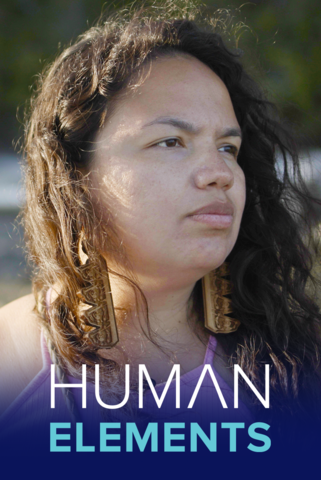Stephanie Leon Riedl, environmental strategist Sts’ailes cultivates a forest garden on her Native land. “In my opinion, it’s not a coincidence that somewhere between 80% and 90% of the world’s biodiversity exists on lands in which Indigenous peoples actively are stewarding.”
The forest garden is a community space that grows traditional foods including crabapples, hazelnuts, huckleberries and highbush cranberries. “We’ve got a lot of areas that are identified by our elders as traditional gathering and harvesting spaces,” Riedl says, “places that particular families or individuals have stewarded and continue to steward.” She hopes that this food forest can provide healing for her community and pass on to future generations the lessons of stewardship of the land. “Sometimes you can’t prescribe, how to cultivate a plant necessarily. You just gotta, like, watch it and listen to it and … put your love into it. Have a good heart and mind and be flexible. I feel like that might be the approach that we need to take with climate change and every little bit that we can do to kind of, like, figure it out together.”
Stephanie feels that she’s carrying the torch for the next generation. “It’s our generation’s responsibility to kind of pick that up…and continue carrying it forward to make sure that our ancestors can heal and that future generations can heal,” Riedl said.

